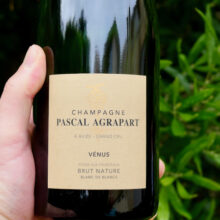
Product information
Agrapart Grand Cru Venus Blanc de Blancs 2015
$650
Description
Disgorged July 2021. This is a very special wine from a very special plot of dirt. It comes from one-third of a hectare of vines in the renowned Avize vineyard called La Fosse aux Pourceaux. This 0.3-hectare section of La Fosse lies on the very chalkiest portion of the slope near the village (contrasting with the more clay-rich soils of the Avizoise cuvée). The vines were planted in 1959 and so are extremely old by Champagne standards. This single parcel cuvée is therefore made in only tiny quantities each year. The wine is named after the Boulonnais mare, Vénus, that first ploughed the vineyard.
Yes, we’ve just finished talking up the Avizoise, noting that it is one of the benchmark wines of the Côte des Blancs… This is certainly true, but it is also true that Vénus takes everything to another level. It’s even deeper, and retains finesse and mineral intensity with pillowy layers of texture and serious complexity. It’s an intense wine that is worth decanting when young. It will also benefit from two or three years further aging and demands food. Treat it like a great white wine, served at the table with proper wine glasses, and you will be greatly rewarded.
In stock
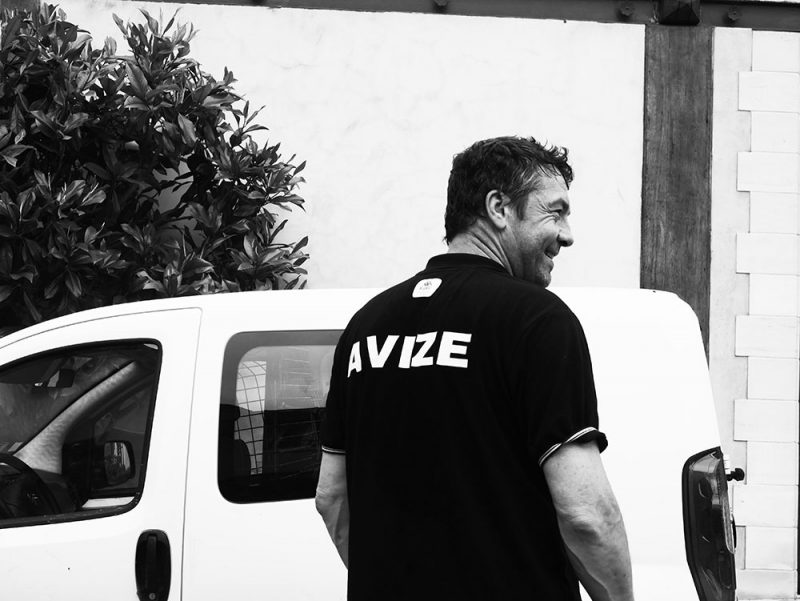
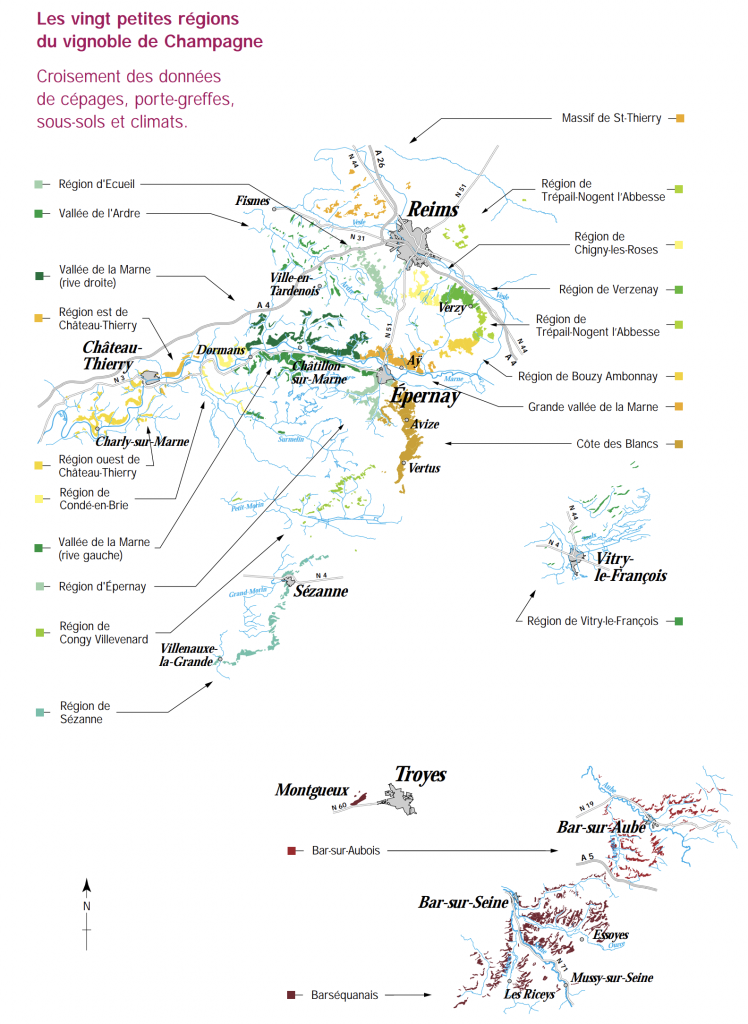



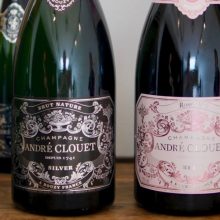

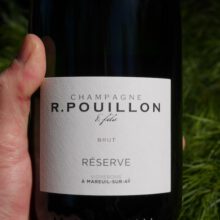
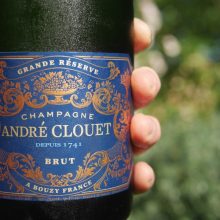
You must be logged in to post a comment.